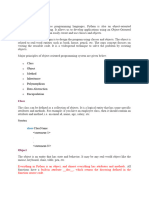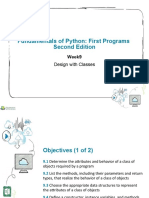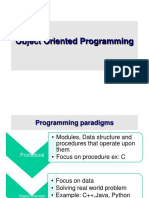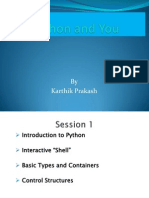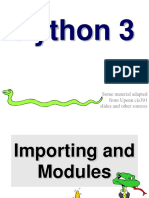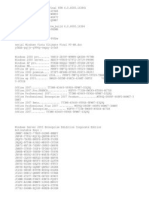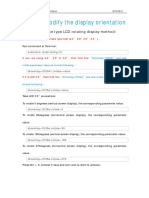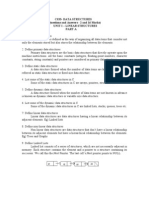0% found this document useful (0 votes)
41 views84 pagesUnit III File Handling, Classes
The document provides an overview of file handling in Python, detailing the types of files (text and binary), file operations (opening, reading, writing, and closing), and the importance of file paths. It also covers object-oriented programming concepts including classes, objects, inheritance, and polymorphism, along with examples of class definitions and methods. Additionally, the document discusses exception handling, operator overloading, and error types in Python.
Uploaded by
SaraswathiCopyright
© © All Rights Reserved
We take content rights seriously. If you suspect this is your content, claim it here.
Available Formats
Download as PDF, TXT or read online on Scribd
0% found this document useful (0 votes)
41 views84 pagesUnit III File Handling, Classes
The document provides an overview of file handling in Python, detailing the types of files (text and binary), file operations (opening, reading, writing, and closing), and the importance of file paths. It also covers object-oriented programming concepts including classes, objects, inheritance, and polymorphism, along with examples of class definitions and methods. Additionally, the document discusses exception handling, operator overloading, and error types in Python.
Uploaded by
SaraswathiCopyright
© © All Rights Reserved
We take content rights seriously. If you suspect this is your content, claim it here.
Available Formats
Download as PDF, TXT or read online on Scribd
/ 84





